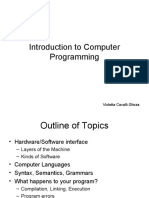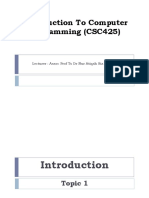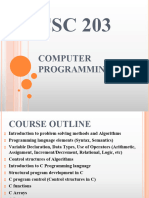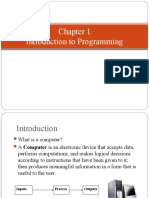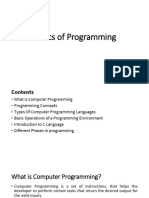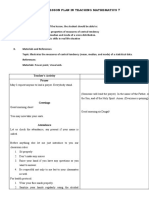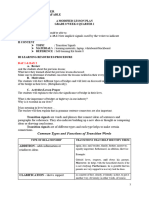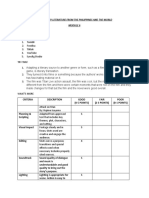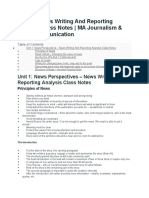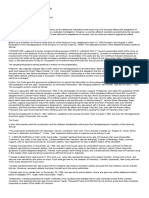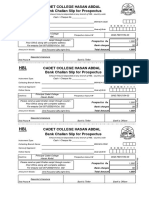0% found this document useful (0 votes)
37 views69 pagesMce 312 Intro
The document outlines an introductory course on computer programming, covering topics such as software categories, programming languages, syntax, semantics, and the program development cycle. It explains the differences between system software and application software, as well as the roles of compilers and interpreters in program execution. Additionally, it emphasizes the importance of algorithms, debugging, and documentation in the programming process.
Uploaded by
victoriabamidele2006Copyright
© © All Rights Reserved
We take content rights seriously. If you suspect this is your content, claim it here.
Available Formats
Download as PDF, TXT or read online on Scribd
0% found this document useful (0 votes)
37 views69 pagesMce 312 Intro
The document outlines an introductory course on computer programming, covering topics such as software categories, programming languages, syntax, semantics, and the program development cycle. It explains the differences between system software and application software, as well as the roles of compilers and interpreters in program execution. Additionally, it emphasizes the importance of algorithms, debugging, and documentation in the programming process.
Uploaded by
victoriabamidele2006Copyright
© © All Rights Reserved
We take content rights seriously. If you suspect this is your content, claim it here.
Available Formats
Download as PDF, TXT or read online on Scribd
/ 69





